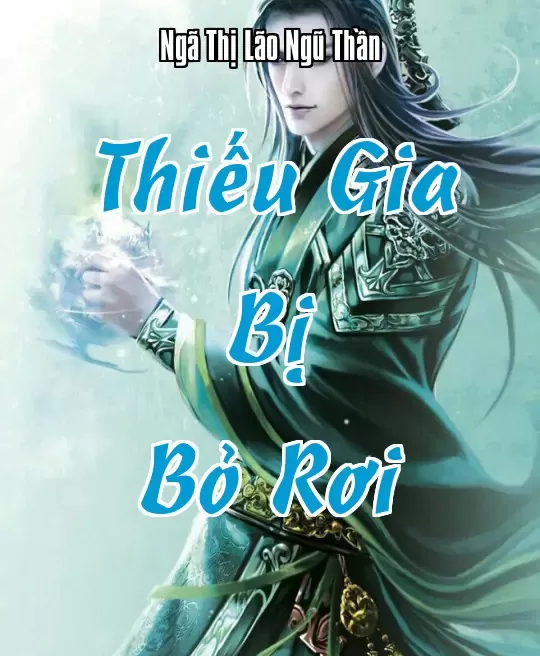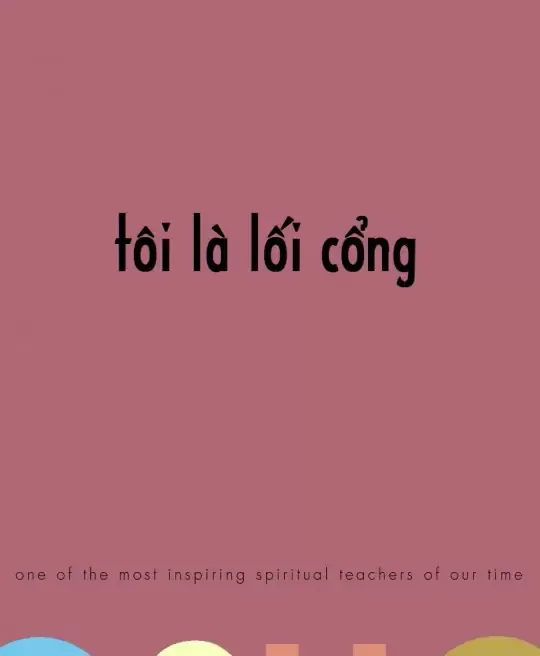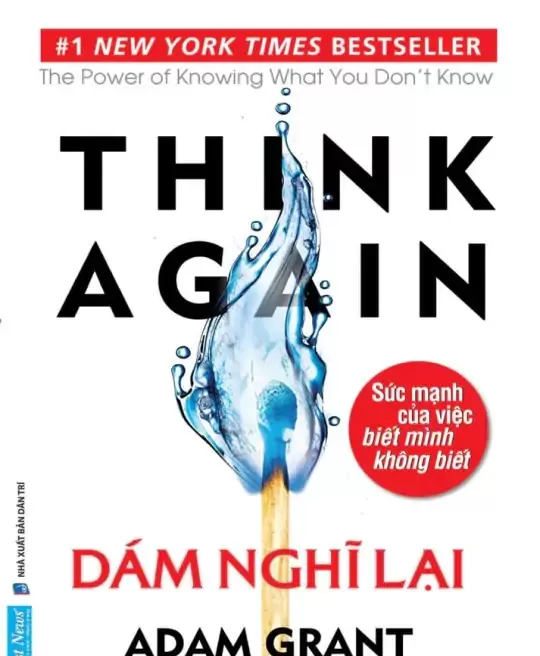holes in the second of the stupa’s four sections. One of these holes
contained the priest’s bones.
The stupa dedicated to Tada Mitsunaka, generally known as his grave,
which I’ve seen any number of times through the windows of the bus that
crosses Jukkoku pass, down at the bottom of the mountain road—it too is a
treasure-box-seal stupa of the Kamakura Period. Izumi Shikibu’s stupa,
also generally known as her grave, which one sees in Kyoto amidst the
hustle and bustle of the Shinkyogoku arcade—it is also a Kamakura Period
treasure-box-seal stupa. The latter is twelve and a half feet tall, making it
less tall than the stupa at Kakuen-ji, which rises to a height of just over
fourteen feet. But the treasure-box-seal stupa’s form is beautiful and
delicate, and a small stupa of this type seems suitable for a woman’s grave.
Though I live in the valley of Kakuen-ji, with its beautiful gravestones,
the first time I considered a gravestone as an object of beauty was when I
saw the treasure stupa at Sen-no-Rikyu’s grave and the stone lantern at the
grave of Hosokawa Sansai, both of which are found in Kyoto’s Daitoku-
ji.The stupa and the lantern were both stones that Rikyu and Sansai loved
during their lifetimes—stones that they decided to use as gravestones—and
so we look at them from the very first as objects that Rikyu and Sansai
found beautiful. Because Rikyu and Sansai were masters of tea, because the
stones are linked to the world of the tea ceremony, one feels an intimacy
and a brightness in them that most old graves lack.
The place where the figure of the door would usually be carved on the
lowest of the three segments of Rikyu’s treasure stupa has been scooped
out, and it’s said that if you put your ear in the hollow you can hear the
sound of water boiling for tea, a sound like wind whispering through a
forest of pines. I put my own head in the hole. My thin face fit perfectly
inside—so perfectly, in fact, that the bones of my cheeks rubbed slightly
against the stone as I drew my head out.


